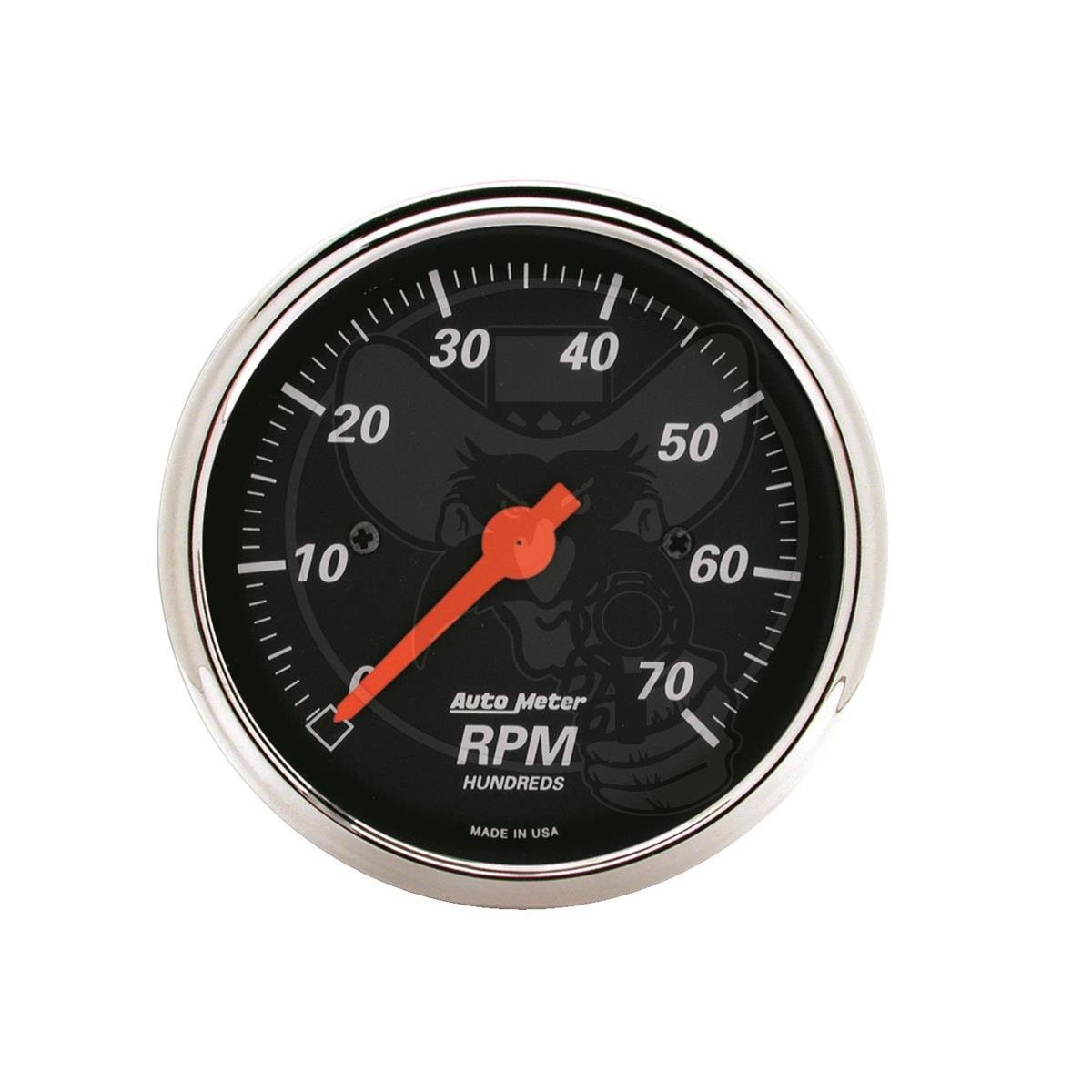Tachometer Basics: Every Little Thing You Need to Know for Accurate Readings
Tachometer Basics: Every Little Thing You Need to Know for Accurate Readings
Blog Article
The Significance of a Tachometer in Keeping Track Of Engine Rate and Efficiency in Automotive Applications
In the world of automobile engineering, the tachometer stands as a pivotal instrument in the vehicle driver's collection, supplying a straight home window into the inner functions of a car's engine. Past its feature as a simple scale of changes per minute (RPM), the tachometer offers as a crucial device for enthusiasts and experts alike, offering real-time understandings into engine efficiency and health and wellness.
Importance of Keeping An Eye On Engine RPM
Checking engine RPM, or revolutions per minute, is a vital facet of automobile upkeep and performance evaluation. Engine RPM directly correlates with the speed at which the engine's crankshaft revolves, indicating just how quickly the engine is running - tachometer. By keeping track of RPM, technicians can assess the health of the engine, spot prospective concerns, and fine-tune performance. An abnormal RPM analysis might signify issues such as engine misfires, defective trigger plugs, or issues with the gas shipment system. Consistently high RPM readings can suggest aggressive driving routines or the requirement for a higher equipment shift to boost fuel efficiency.
Additionally, monitoring engine RPM is important for performance assessment in auto racing and high-performance vehicles. Keeping optimal RPM levels is crucial for attaining peak power outcome and velocity. Racers commonly make use of tachometers to ensure they are operating within the excellent RPM array for maximum efficiency. In recap, keeping track of engine RPM is not just important for discovering concerns but likewise for enhancing engine performance in different automotive applications.

Advantages of Real-Time Data
In auto applications, real-time information plays a critical function in giving instantaneous insights into the efficiency and condition of the lorry. By continuously monitoring various criteria such as engine rate, temperature, gas consumption, and more, real-time data offers countless advantages that contribute to improved effectiveness and safety when traveling.
One considerable advantage of real-time data is its capability to alert motorists and service technicians to any kind of abnormalities or problems without delay. This aggressive approach enables fast recognition of possible troubles, enabling prompt treatments to stop more damage or breakdowns. In addition, real-time data helps with performance optimization by supplying instant feedback on driving practices and engine effectiveness. Vehicle drivers can adjust their behavior in real-time based on this details to accomplish better gas economic climate and prolong the lifespan of their car.

Moreover, real-time data plays an important role in contemporary auto diagnostics, enabling specialists to quickly diagnose and address breakdowns. This brings about decreased downtime, lower upkeep expenses, and ultimately, enhanced general lorry reliability and durability (tachometer). By harnessing the power of real-time information, automotive stakeholders can make educated decisions that favorably impact both the efficiency and long life of the lorry
Influence On Gear Shifts
Efficient equipment shifts in automotive applications substantially influence overall performance and driving experience. The tachometer plays a vital duty in optimizing equipment changes by supplying real-time engine speed data to the vehicle driver. When coming close to the redline on the tachometer, it indicates the chauffeur to upshift to stop over-revving the engine and triggering potential damages. On the various other hand, downshifting at the right moment can help preserve the engine in its power band, guaranteeing responsive acceleration when required.
Moreover, the tachometer help in attaining smoother equipment transitions, especially in hand-operated transmissions. By keeping an eye on engine speed, chauffeurs can carry out equipment changes at the optimum RPM range, decreasing snagging activities and reducing wear on the transmission components. This accuracy on duty changes not just improves driving convenience yet additionally contributes to sustain performance.
Enhancing Gas Performance
Given the critical function the tachometer plays in optimizing equipment changes for efficiency and engine wellness, it directly adds to making the most of fuel performance in auto applications. By providing real-time home comments on engine speed, the tachometer aids drivers in maintaining the most effective RPM array for fuel economy. When chauffeurs constantly keep track of the tachometer and adjust their motoring habits as necessary, they can stay clear of unneeded gas consumption triggered by click to investigate over-revving or hauling the engine.
Furthermore, the tachometer aids chauffeurs identify the most fuel-efficient gear to be in at any kind of provided moment, avoiding the engine from working tougher than necessary. In verdict, the tachometer offers as a valuable tool in boosting gas effectiveness by promoting ideal driving habits and identifying locations for improvement in the car's efficiency.

Optimizing Engine Longevity
The tachometer's role in keeping an eye on engine rate and performance is important in ensuring the longevity of automotive engines. Checking the tachometer allows drivers to stay within the suggested RPM array for their car, protecting against unneeded stress on the engine and expanding its life-span.

Verdict
To conclude, the tachometer plays an essential function in monitoring engine rate and performance in auto applications. By offering real-time data on RPM, it enables efficient equipment shifts, boosted fuel efficiency, and taken full advantage of engine long life. This device check out here is important for keeping optimal engine efficiency and making sure the overall capability of a car.
Report this page